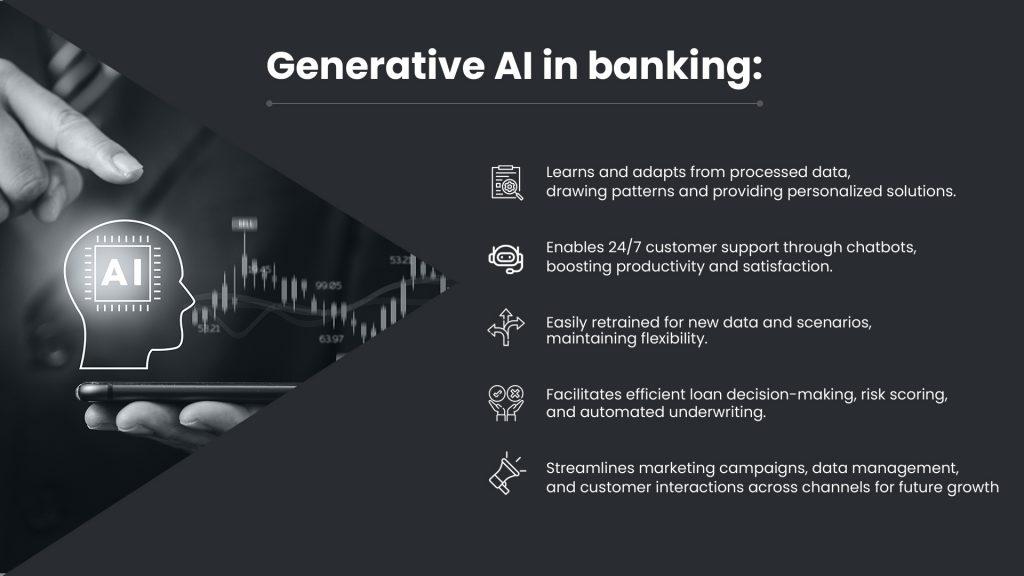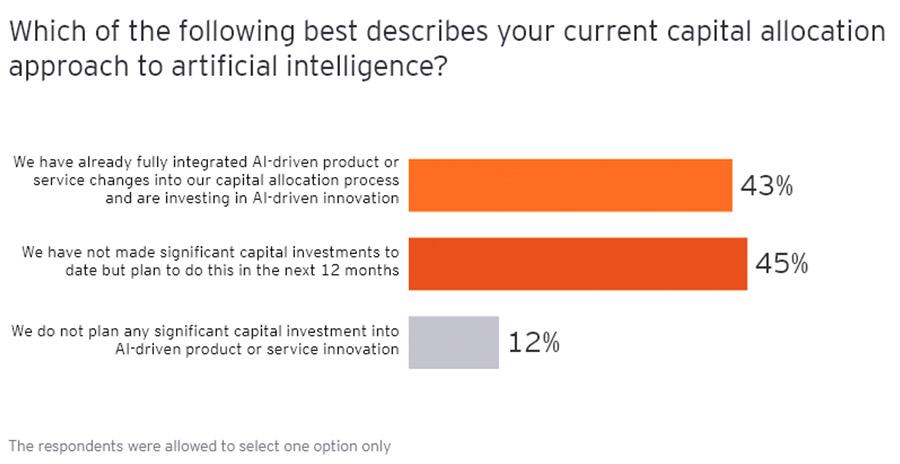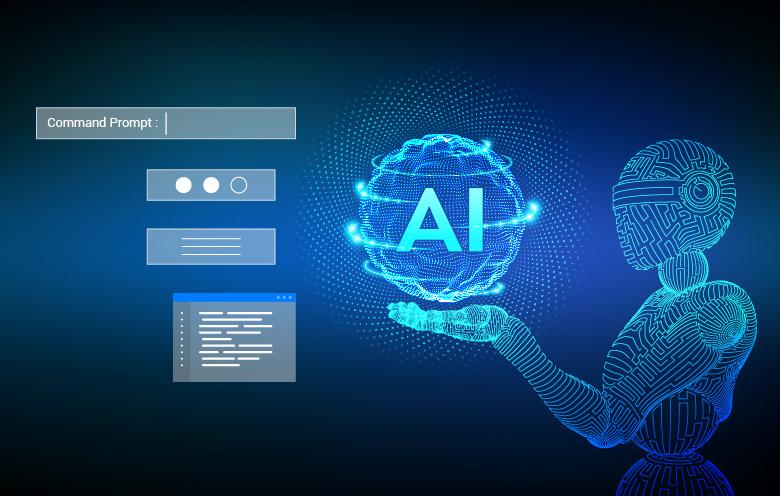In an era where technology continues to redefine the boundaries of possibility, the financial sector stands on the brink of a profound transformation. Generative AI, once a nascent concept relegated to the realms of science fiction and tech labs, is now emerging as a catalyst for innovation within banking. As institutions grapple with the complexities of customer demands, regulatory pressures, and the relentless pace of digital evolution, AI models capable of generating text, images, and data simulations are beginning to reshape the landscape. This article delves into the multifaceted role of generative AI in banking, exploring how it enhances operational efficiency, elevates customer experiences, and reimagines risk management strategies. Join us as we navigate this fascinating intersection of finance and technology, uncovering the transformative power of generative AI in shaping the future of banking.
Revolutionizing Customer Engagement Through Personalized Financial Solutions
In an era defined by digital innovation, financial institutions are harnessing the power of generative AI to create tailored experiences that resonate deeply with individual customers. By analyzing vast amounts of consumer data, AI technologies can identify patterns and preferences, allowing banks to offer solutions that align perfectly with each client’s unique life circumstances. Some of the potential benefits include:
- Customized Product Recommendations: AI systems can suggest financial products that meet specific needs, increasing customer satisfaction.
- Proactive Financial Advice: Intelligent algorithms can provide real-time insights, helping customers make informed decisions about savings, investments, and spending.
- Enhanced Customer Support: Chatbots and virtual assistants streamline support interactions, providing instant responses to inquiries while maintaining a personal touch.
Moreover, the integration of generative AI fosters a more engaging and interactive customer experience. Instead of traditional one-size-fits-all approaches, clients can expect personalized communication strategies that foster loyalty and trust. Banks can leverage AI-driven segmentation to refine their marketing efforts based on dynamic consumer behavior, ensuring targeted outreach. The resulting strategies can be illustrated in the following table:
| Strategy | Description |
|---|---|
| Dynamic Messaging | Real-time communication tailored to customer behavior and preferences. |
| Predictive Insights | Forecasting customer needs based on historical data trends. |
| Personalized Loyalty Programs | Rewards systems designed to suit individual spending habits and goals. |

Enhancing Risk Management and Compliance with Intelligent Automation
In an era where financial institutions face an increasing number of regulations and evolving risk landscapes, the integration of intelligent automation plays a crucial role in strengthening risk management frameworks. By leveraging advanced technologies, banks can process large volumes of data at unprecedented speeds, allowing them to identify and respond to potential risks in real-time. Tasks such as transaction monitoring, compliance checks, and customer due diligence can be streamlined, minimizing human error and enhancing accuracy. The implementation of machine learning algorithms not only facilitates anomaly detection but also aids in predicting potential compliance breaches before they occur. This proactive approach ensures that banks can maintain operational resilience and stay ahead of regulatory requirements.
Furthermore, intelligent automation empowers financial professionals by providing insightful analytics and risk assessments. Through the use of dashboards and interactive reporting tools, teams can gain immediate visibility into their compliance statuses and risk exposure. Key benefits of this automation include:
- Enhanced Efficiency: Reducing manual workload allows for reallocating resources to more strategic tasks.
- Real-Time Insights: Access to up-to-date information for better decision-making.
- Regulatory Adaptability: Quick adjustments to new compliance mandates, ensuring seamless adherence.
| Risk Management Feature | Traditional Method | Intelligent Automation |
|---|---|---|
| Data Collection | Manual input over weeks | Automated real-time aggregation |
| Reporting | Monthly reports | Dynamic, on-demand analysis |
| Compliance Audits | Annual reviews | Continuous monitoring |
This transformation not only leads to better compliance, but also enhances the overall strategic framework of financial institutions, allowing them to draw meaningful conclusions from their risk data and align their operations according to established risk appetite. As banks embrace this fusion of technology and finance, they position themselves not just as regulatory compliant entities, but as forward-thinking institutions ready to tackle future challenges with agility and insight.

Driving Operational Efficiency by Integrating Generative AI into Banking Processes
In the rapidly evolving landscape of banking, operational efficiency has emerged as a crucial pillar for success. By incorporating Generative AI into various banking processes, institutions can streamline operations and enhance service delivery. This revolutionary technology facilitates tasks such as automating mundane clerical activities, analyzing customer data to identify trends, and generating insights that feed directly into decision-making processes. In this context, tasks that traditionally required significant human input—like report generation and risk analysis—now benefit from faster turnaround times and reduced error rates, ensuring that resources are allocated more effectively.
Moreover, as banks increasingly rely on data-driven strategies, Generative AI can transform customer engagement through personalized interactions. Banks can utilize AI algorithms to craft tailored financial advice, ensuring that the offerings resonate with individual customer needs. The integration of AI also places a spotlight on predictive analytics, allowing bankers to foresee market shifts and customer behaviors with greater accuracy. These advancements not only enhance operational workflows but also promote a culture of innovation, positioning banks to adapt swiftly to market demands while boosting customer satisfaction.

Fostering Innovation: The Future of Financial Products in an AI-Driven Landscape
As we navigate through the intricacies of an AI-driven financial ecosystem, the emergence of innovative financial products is reshaping the traditional banking landscape. Generative AI is not merely a tool; it’s a catalyst for transformation, enabling institutions to challenge the status quo and create offerings that are more personalized and responsive to customer needs. With its capability to analyse vast datasets in real-time, banks can now develop tailored products that cater to the unique financial profiles of individual customers. For instance, using predictive analytics, institutions are capable of crafting customized loan options or investment plans that align seamlessly with client behaviors and preferences.
The potential for innovation extends even further, as generative AI facilitates the creation of entirely new financial services. Automation of complex processes—such as compliance, risk assessment, and customer service—can result in enhanced operational efficiency and reduced costs. Furthermore, AI can support product development cycles by accelerating idea generation through adaptive learning systems, improving the quality of offerings. Consider the following key areas where these advancements are evident:
- Smart Contracts: Streamlining transactions with reduced human error.
- Robo-Advisors: Offering personalized investment strategies based on real-time data.
- Fraud Detection: Utilizing AI algorithms to identify and mitigate risks swiftly.
| Innovation Type | Description |
|---|---|
| Personalized Banking Apps | Using AI to craft user-centric, intuitive banking experiences. |
| Dynamic Pricing Models | Adjusting rates and offers based on user engagement and market trends. |
| Decentralized Finance (DeFi) | Leveraging blockchain for transparent, peer-to-peer financial services. |
Final Thoughts
As we stand on the precipice of a new era in banking, the transformative power of generative AI beckons us to rethink our understanding of finance. From enhancing customer interactions to streamlining complex processes, the integration of AI in banking is not merely a trend; it is a profound shift that promises to redefine the very essence of financial services. As we embrace this technological evolution, it becomes increasingly vital for institutions to balance innovation with ethical considerations, ensuring that the human touch remains at the heart of financial transactions.
In this rapidly changing landscape, one thing is clear: the future of banking will be shaped by those who are willing to harness the potential of generative AI while remaining steadfast in their commitment to transparency and trust. As we look ahead, the synergy between technology and finance offers not just an opportunity for growth, but a chance to craft a more inclusive and efficient financial system—one where every transaction tells a story and every interaction adds value. The journey has only just begun, and the possibilities are as limitless as the human imagination itself.
